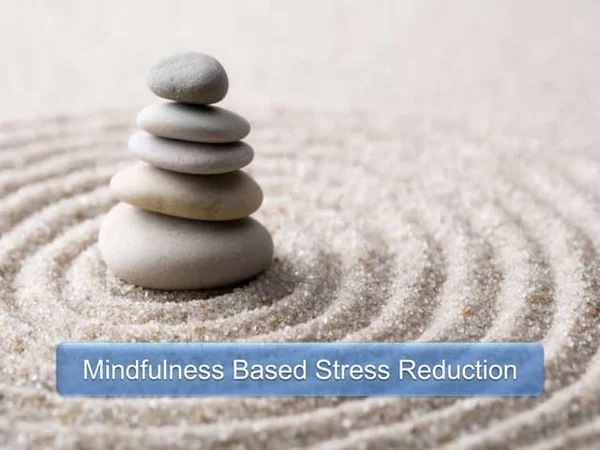
1 – Mind and Body
There is a sudden shift; many mental phenomena, particularly
the main narrative thought stream, shift out away from the illusory sense of
“the watcher†and are just out there along with the sensations of
the other five sense doors.
This is an important insight,
as it shows us clearly and directly in some basic way that
we are not “our†mind or “our†body.
It is also a pleasant, clear, and unitive-feeling state
(it really is still more state-like than stage-like),
and people can try to hold onto it just as with the first shamatha jhana
and thus get stuck.
That first taste of a little space around thoughts can be a huge relief
for those who have never noticed they could
observe their thoughts as thoughts
without following and engaging with them,
and the emotional benefits can be profound for some people.

It is this early insight that provides the benefits of some of the
shallow-end-of-the-pool techniques, such as
Mindfulness-Based Stress Reduction (MBSR).

Mind and Body—the start of the first vipassana jhana—
is very close to the first shamatha jhana,
just as aspects of the stages of the
Arising and Passing Away, Dissolution, and Equanimity
are close to their respective shamatha jhanas.
(Note – means the same…
Shamatha is Buddha based.
Samatha is Pali.)
Reality can seem just a bit more brilliant the first time we chance into
Mind and Body.
We may feel more alive and connected to the world.
For some it may hit with unusual force,
filling them with a great sense of unity or universal consciousness.
For others,
it may not seem particularly profound or noticeable
except that now they suddenly feel they are practicing better than before,
assuming they were practicing in the first place,
as the first three stages in particular, commonly arise during daily life,
as plenty of activities in daily life cultivate factors such as
precise attention and concentration
that are sufficient to generate these insights.
With the sensate experience of both mental and physical phenomena
being clearly observable and distinguished,
the relationships and interactions between the two
start to become obvious, and what is meant by “the dualistic splitâ€
is more easily comprehended here.
~~~
Just before or just after the first stage,
there may arise odd jaw pains on one side, throat tensions,
and similar unpleasant physical occurrences.
Multiple other unusual experiences can arise early at the start of the first vipassana jhana, such as feelings related to what is called the
“homunculusâ€,

in which our lips and mouth, as well as hands,
feel very large, and our bodily shape feels like it corresponds closely to
the size distribution of the way parts of the brain map onto
parts of the body.
The sense of other similar body distortions can occur, such as
feeling very large or small, long or compacted, or
feeling like we are sinking slowly into the floor or rising into the air.
Also,
it is not uncommon for people on retreats
who are doing walking meditation around first vipassana jhana territory
to notice things like faces in the wallpaper or marks on the floor,
much in the way that we might see faces in clouds and, in fact,

I have often speculated that seeing shapes in clouds correlates with
extremely light first vipassana jhana territory,
which is why it is nice to do that.
Regardless,
it soon becomes easy to see that
each sensation is followed by
the crude mental impression of it, and that
intentions precede actions and thoughts
meaning we see what causes what.
Thus,
we come to…
Cause and Effect

This article was Inspired by
Buddha’s step by step instructions to obtain Enlightenment
as refined by The Arahant Daneil M. Ingram.




